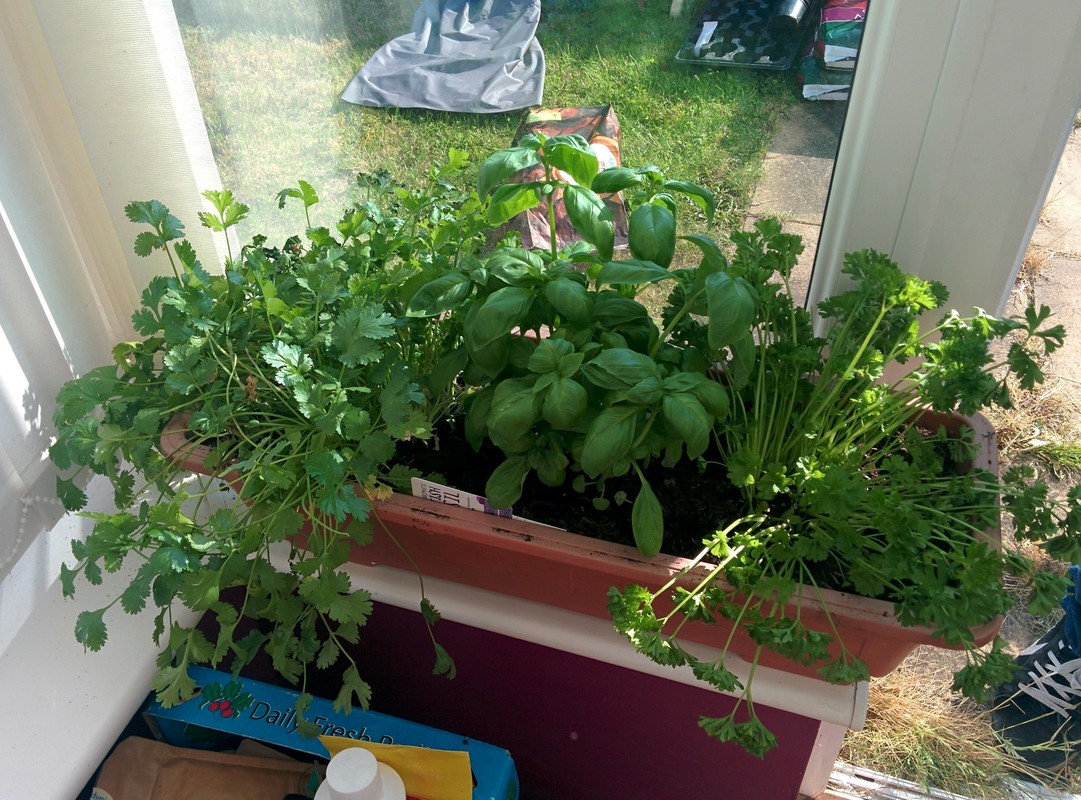|
Over and above the three permaculture ethics of planet care, people care and fair share, permaculture also has a series of loose guiding design principles. Twelve such principles were put forward by David Holmgren, one of the founding fathers of permaculture. Let's take a look at following these principles when growing food indoors: Observe and Interact
Before deciding what to grow indoors and where to grow it, take time to watch and make note of sunshine, light, temperatures, breezes, patterns of behaviour and other factors that could determine the success or failure of your efforts. Observe the natural world outside and see what you can learn from it. Catch and Store Energy By growing plants, you are catching and storing energy from the sun. You can further take advantage of the sun's energy by using it to dry herbs you have grown, or to dehydrate fruits, for example. Obtain a Yield It may seem self-evident but the primary purpose of growing your own plants indoors will be to obtain a yield in the form of an edible harvest. Getting as much as possible from what space you have is key to many permaculture practices. Apply Self-regulation and Feedback In other words, take note of what works well and what does not and learn from that to improve performance in your indoors garden in the future. Use and Value Renewables Renewable energy can be provided by means of solar panels on the roof of your home, wind turbines, or other natural, sustainable power sources. You can make full use of renewable resources in a number of ways, including collecting rainwater from your roof, and making use of natural breezes to cool your home, or wood stoves/ biomass heaters (and good insulation and thermal mass) to heat it. Produce no Waste By composting, reducing consumption, reusing and recycling wherever possible, it is possible to become almost completely waste free. Living a zero waste lifestyle is not easy, but growing your own food at home rather than buying from a shop is a good first step. Design from Patterns to Details Look at the big picture – think about how much food you will grow, where and for whom, how much time you will have and how you like to spend it – before you look into the minute details of growing each individual plant. Learn from nature's patterns. Integrate don't Segregate Growing food should be something your family does together. It may even bring a wider community together. What is more, permaculture shows us that it is easier to grow plants in polycultures (more than one type of plant together). Use Small and Slow Solutions In growing food indoors, as in other areas, it is best not to take on too much, too quickly. The great thing about windowsill growing is that it is ideal for starting small, but also equally easy to build up to something more slowly over time. Use and Value Diversity By growing a wide range of different plants, you increase your chances of success. By diversifying into growing and cooking a wider variety of herbs and fresh produce, you can make a healthier, happier life for you and your family. Use Edges & Value the Marginal By using windowsills and corners to grow your own food indoors, you are making sure that no space in your home that can be used for growing is wasted. Creatively Use and Respond to Change Be flexible and adapt as things change throughout the year or over time in your home. Plants grow, kids grow, things change. Use change to your advantage in your home growing efforts.
3 Comments
M M Hasan
3/27/2018 09:31:01 am
I love gardening. And always research with this kind of interior gardening. and roof gardening.
Reply
Germaine Harrison
5/30/2018 08:33:06 pm
I would love to grow an indoors vegetable garden
Reply
Kerrie
5/31/2018 05:17:27 am
This blog will help you to create an abundant indoor garden!
Reply
Leave a Reply. |
GROW ORGANIC!
|
|


 RSS Feed
RSS Feed




